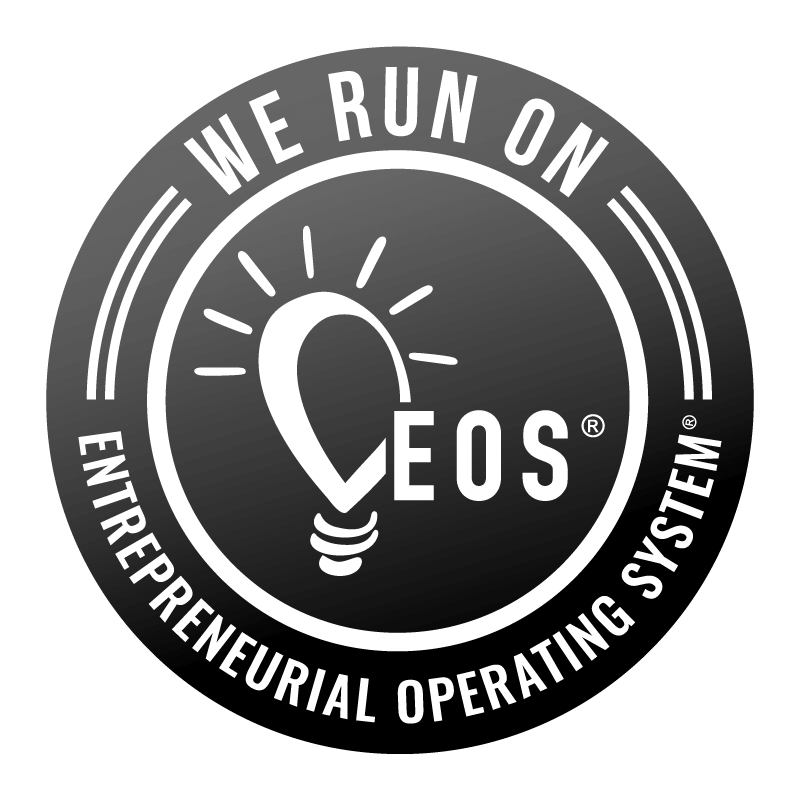All marketers benefit from branding that clearly communicates what they have to offer and differentiates them from their competition. If you’re a manufacturer selling a so-called commodity product, that goes double for you.
In spite of the ‘commodity’ label, any product or service can be differentiated. (Twenty years ago, would you have believed there would be hundreds of brands of water on the shelves?) Any product is more than its generic offering: it’s the entire package of transaction experience, value-added solutions, and the benefits that the customer receives upon purchase.
If you’re thinking there aren’t any significant ways to differentiate your offerings, ask yourself these questions:
- Do you offer unique or innovative solutions that your competitors don’t?
- Do you provide application support, specific to each customer’s needs? Perhaps you have engineering software that makes ordering the right size/shape/specification easier, or can help buyers determine which of your products best suits their application.
- Are transactions with your company smoother than the competitions (consider your ordering process, delivery, tracking services, etc.)?
- Do you/can you bundle your product with another product or service, in a unique way?
- Do you offer specific advantages to particular segments?
In order to leverage differentiation as a marketing tool, you’ll need to conduct customer and market research, build a strategic marketing plan, and deploy the appropriate marketing tactics to communicate your message. Let’s dig in.
First, do your homework
Before going any farther, conduct customer interviews and market research. Ask customers and prospective customers what their pain points are and why they have or haven’t chosen you over the competition. Market research will help you unearth what the competition offers that’s similar or different to what you provide.
Next, put your insights to work as you develop a strategic marketing plan to guide your efforts. Find out The 10 Steps Every Manufacturer’s Marketing Plan Should Include by downloading our free e-book.
Conduct customer and market analysis
Create one or more buyer personas to clearly understand and outline your customer’s buying process and biggest pain points. Knowing what’s most important to your customers will ensure that you differentiate your brand in a way that speaks to them. You may be the only manufacturer in your industry that has a purple logo, but that in itself probably isn’t driving buying decisions.
As you develop personas, you may find that it makes sense to segment your customers. If you have customers in different markets, and/or the results of your research show that customer needs vary (perhaps one segment requires value-added logistics services, while another requires more engineering support), you’ll want to send more targeted messages to each segment.
Determine your UVPs and develop a brand that communicates them
Use your research to determine what you offer that the competition can’t or won’t. And, equally important, decide which of these unique value propositions (UVPs) resonate with customers and actually influence their buying decisions.
Use your brand to communicate your UVPs
Now that you’ve determined your UVPs, it’s time to communicate them. Refresh your brand or create a new one that tells the story of what makes your offerings unique and how you meet the needs of your buyers. Remember to address your buyer personas in order to stay focused. Messaging should include a brand story, brand message, and tagline.
Choose and deploy marketing tactics
There are a number of marketing tactics that are especially suited for proving what differentiates you from your competition. As you develop your marketing communications, be sure to provide content that’s appropriate for every stage of the buyers journey, and develop targeted content for each audience segment, if appropriate.
Use your website, email campaigns, trade show promotions, digital ads, and social media to spread the word. Develop communications (email, employee meetings, company newsletter) to make sure employees are onboard.
Case studies and customer testimonials do an especially great job of proving that you can solve your customers’ problems. Perhaps you can appeal to your engineer and product designer customers with the story of how your engineering staff helped design a product solution. Address the purchasing department’s concerns by describing how much money your unique logistics system saved for another client. Create a mix of case studies that will appeal to your customer segments.
Save yourself extra effort, reinforce your message, and ensure that you’re reaching your audience by repurposing messaging tactics. Post a complete white paper to your website, available to download; use a shorter version for a targeted email campaign; and create an even shorter version (highlighting a customer quote) in social media blasts.
Differentiation is better
Differentiation should be a primary goal of any marketer’s branding efforts, but it’s especially crucial for manufacturers of so-called commodity goods. The more clearly you can identify your audience’s pain points and communicate how you can solve their problems, the more effective your marketing efforts will be.
To find out how to set the best marketing course and keep your program on track, download our free ebook, The 10 Steps Every Manufacturer’s Marketing Plan Should Include.










